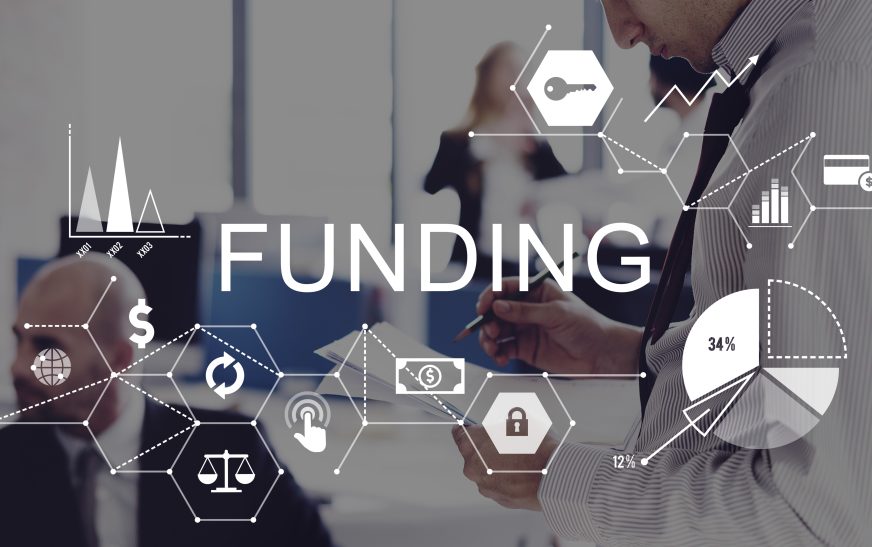Mortgage refinancing is a financial strategy that can save you thousands of dollars over the life of your loan. However, understanding when and how to refinance your mortgage is crucial to maximizing these savings. This comprehensive guide will demystify mortgage refinancing, providing you with essential tips and insights to help you make informed decisions and secure the best possible terms.
What is Mortgage Refinancing?
Mortgage refinancing involves replacing your existing mortgage with a new one, typically with different terms. Homeowners refinance their mortgages for various reasons, including obtaining a lower interest rate, reducing monthly payments, shortening the loan term, or tapping into home equity.
Types of Mortgage Refinancing
- Rate-and-Term Refinance: This type of refinancing aims to change the interest rate, loan term, or both, without altering the loan balance. It’s often pursued to secure a lower interest rate or change the loan duration.
- Cash-Out Refinance: In a cash-out refinance, you take out a new mortgage for more than you owe on your current loan, and the difference is paid to you in cash. This option is typically used for major expenses like home improvements or debt consolidation.
- Cash-In Refinance: This involves paying down a portion of the loan balance to qualify for better terms or eliminate private mortgage insurance (PMI).
Benefits of Mortgage Refinancing
- Lower Interest Rates
Securing a lower interest rate is one of the primary motivations for refinancing. Even a slight reduction in the interest rate can lead to substantial savings over the loan’s life. Lower rates also reduce monthly payments, freeing up cash for other financial goals.
- Reduced Monthly Payments
Refinancing can extend the loan term, lowering your monthly payments. While this may increase the total interest paid over the loan’s life, it can improve cash flow in the short term.
- Shortened Loan Term
Switching from a 30-year to a 15-year mortgage can save significant interest costs and help you build equity faster. However, this usually results in higher monthly payments.
- Access to Home Equity
A cash-out refinance allows you to tap into your home equity, providing funds for home improvements, debt consolidation, or other significant expenses.
- Eliminate PMI
If your home has appreciated in value or you’ve paid down enough of your mortgage, refinancing can help you eliminate private mortgage insurance (PMI), reducing your monthly payments.
When to Consider Refinancing
- Interest Rates Have Dropped
A general rule of thumb is to consider refinancing if current interest rates are at least 1% lower than your existing mortgage rate. However, even smaller reductions can be beneficial, depending on your loan balance and remaining term.
- Improved Credit Score
If your credit score has improved since you first obtained your mortgage, you may qualify for better terms and a lower interest rate.
- Significant Home Equity
Having at least 20% equity in your home can help you secure better refinancing terms and eliminate PMI.
- Financial Stability
If your financial situation has stabilized or improved, refinancing to a shorter term can accelerate your mortgage payoff and reduce total interest paid.
- Long-Term Home Ownership Plans
If you plan to stay in your home for the foreseeable future, refinancing can provide long-term savings. Ensure the cost of refinancing is recouped through lower payments and interest savings over your expected tenure.
How to Refinance Your Mortgage: Step-by-Step Guide
Step 1: Assess Your Financial Goals
Determine your primary objectives for refinancing. Are you looking to lower your monthly payments, shorten your loan term, or access home equity? Clarifying your goals will guide your refinancing decisions.
Step 2: Check Your Credit Score
Your credit score significantly impacts the interest rate you qualify for. Obtain your credit report from all three major bureaus (Experian, TransUnion, and Equifax) and check for errors. Aim to improve your credit score by paying down debt and making timely payments.
Step 3: Calculate Your Home Equity
Estimate your home’s current value using online tools or a professional appraisal. Subtract your current mortgage balance from this value to determine your home equity. Higher equity can lead to better refinancing terms and eliminate the need for PMI.
Step 4: Research Lenders and Compare Offers
Shop around and compare offers from multiple lenders, including banks, credit unions, and online lenders. Pay attention to interest rates, loan terms, closing costs, and fees. Use mortgage comparison tools to simplify this process.
Step 5: Gather Documentation
Lenders will require documentation to process your refinance application. Commonly required documents include:
- Proof of income (pay stubs, tax returns, W-2s)
- Credit report
- Bank statements
- Proof of homeowners insurance
- Current mortgage statement
- Information on any other debts
Step 6: Apply for Pre-Approval
Submit your pre-approval applications to multiple lenders. Pre-approval provides a preliminary loan offer, giving you an idea of the terms you qualify for. It also shows sellers you’re a serious buyer if you plan to purchase another property.
Step 7: Choose the Best Offer
Review the offers you receive and choose the one that best aligns with your financial goals. Consider the interest rate, loan term, monthly payments, closing costs, and any other fees.
Step 8: Lock in Your Interest Rate
Once you’ve chosen a lender, lock in your interest rate to protect yourself from rate fluctuations during the loan processing period. Rate locks typically last 30 to 60 days.
Step 9: Complete the Application Process
Submit a formal loan application with the chosen lender, providing all required documentation. The lender will initiate the underwriting process, which involves verifying your financial information and assessing your creditworthiness.
Step 10: Close the Loan
If your application is approved, you’ll proceed to the closing process. Review the closing disclosure document, which outlines the final terms and costs of your loan. Attend the closing meeting to sign the necessary paperwork and finalize the refinance.
Tips to Maximize Savings on Your Refinance
- Improve Your Credit Score
A higher credit score can significantly lower your interest rate. Pay down debt, avoid new credit inquiries, and correct any errors on your credit report before applying for a refinance.
- Shop Around
Compare offers from multiple lenders to find the best terms. Even a small difference in interest rates can lead to significant savings over time.
- Negotiate Closing Costs
Ask lenders about reducing or waiving certain closing costs. Some fees, such as application or origination fees, may be negotiable.
- Consider Points
Paying points (a form of prepaid interest) can lower your interest rate. Each point typically costs 1% of the loan amount and reduces the interest rate by about 0.25%. Calculate whether the upfront cost of points will be offset by long-term savings.
- Avoid Extending the Loan Term
While extending your loan term can lower monthly payments, it may increase the total interest paid over the life of the loan. Consider a shorter term if you can afford higher payments.
- Be Aware of Prepayment Penalties
Some mortgages have prepayment penalties for paying off the loan early. Ensure your current mortgage doesn’t have such penalties before refinancing.
Common Mistakes to Avoid
- Not Shopping Around
Failing to compare offers from multiple lenders can result in higher interest rates and fees. Take the time to shop around and negotiate terms.
- Ignoring Closing Costs
Refinancing involves various costs, including application fees, appraisal fees, and closing costs. Ensure these costs are factored into your savings calculations.
- Focusing Only on Interest Rates
While interest rates are crucial, consider other factors such as loan terms, fees, and lender reputation. The lowest rate isn’t always the best overall deal.
- Refinancing Too Often
Frequent refinancing can lead to diminishing returns due to closing costs and fees. Ensure the long-term savings outweigh the costs before refinancing again.
- Extending the Loan Term Unnecessarily
Extending your loan term can lower monthly payments but increase the total interest paid. Consider your long-term financial goals before extending the term.
Conclusion
Mortgage refinancing can be a powerful tool to save money, lower monthly payments, and achieve financial goals. By understanding the different types of refinancing, assessing your financial situation, and carefully comparing offers, you can make informed decisions that maximize your savings. Remember to improve your credit score, shop around, and consider the long-term implications of your refinance. With the right strategy, you can demystify the refinancing process and secure the best possible terms for your home loan.


















